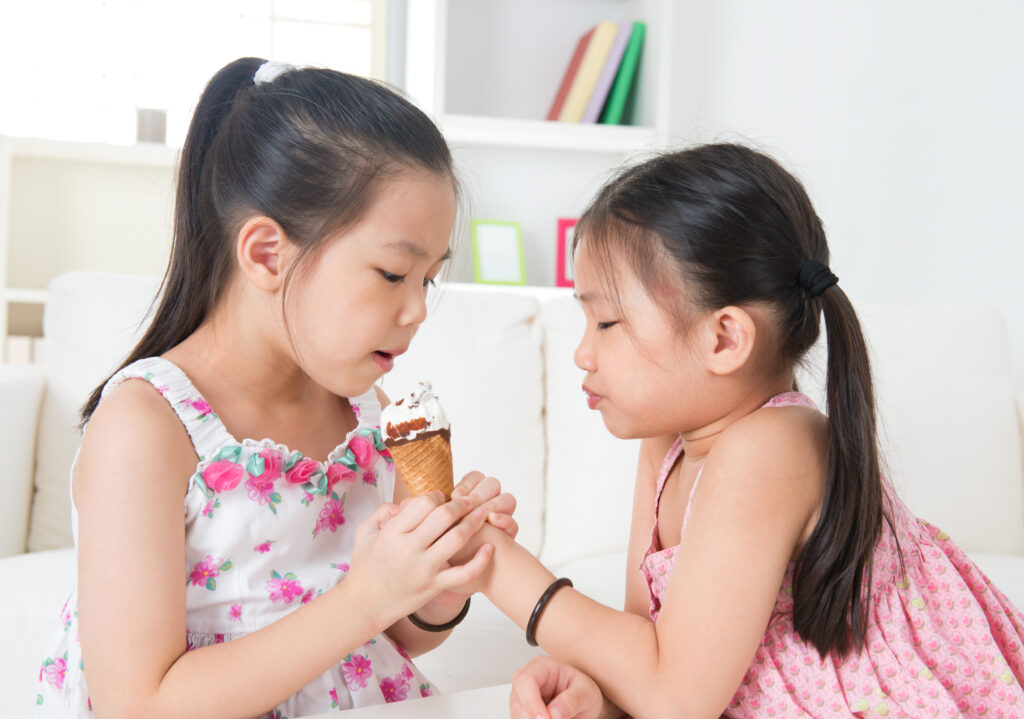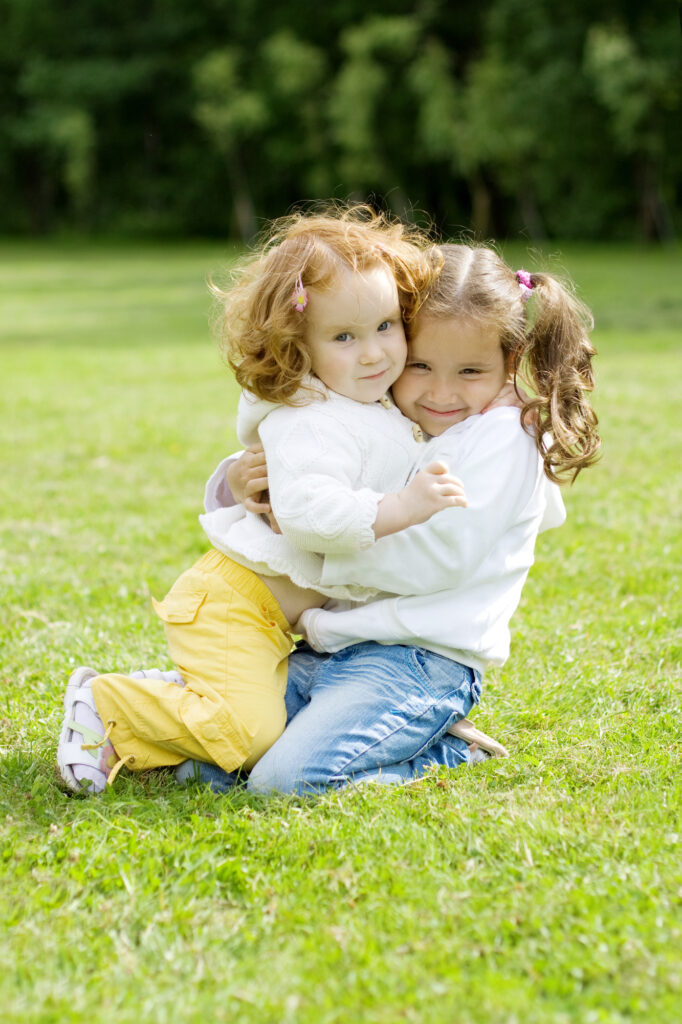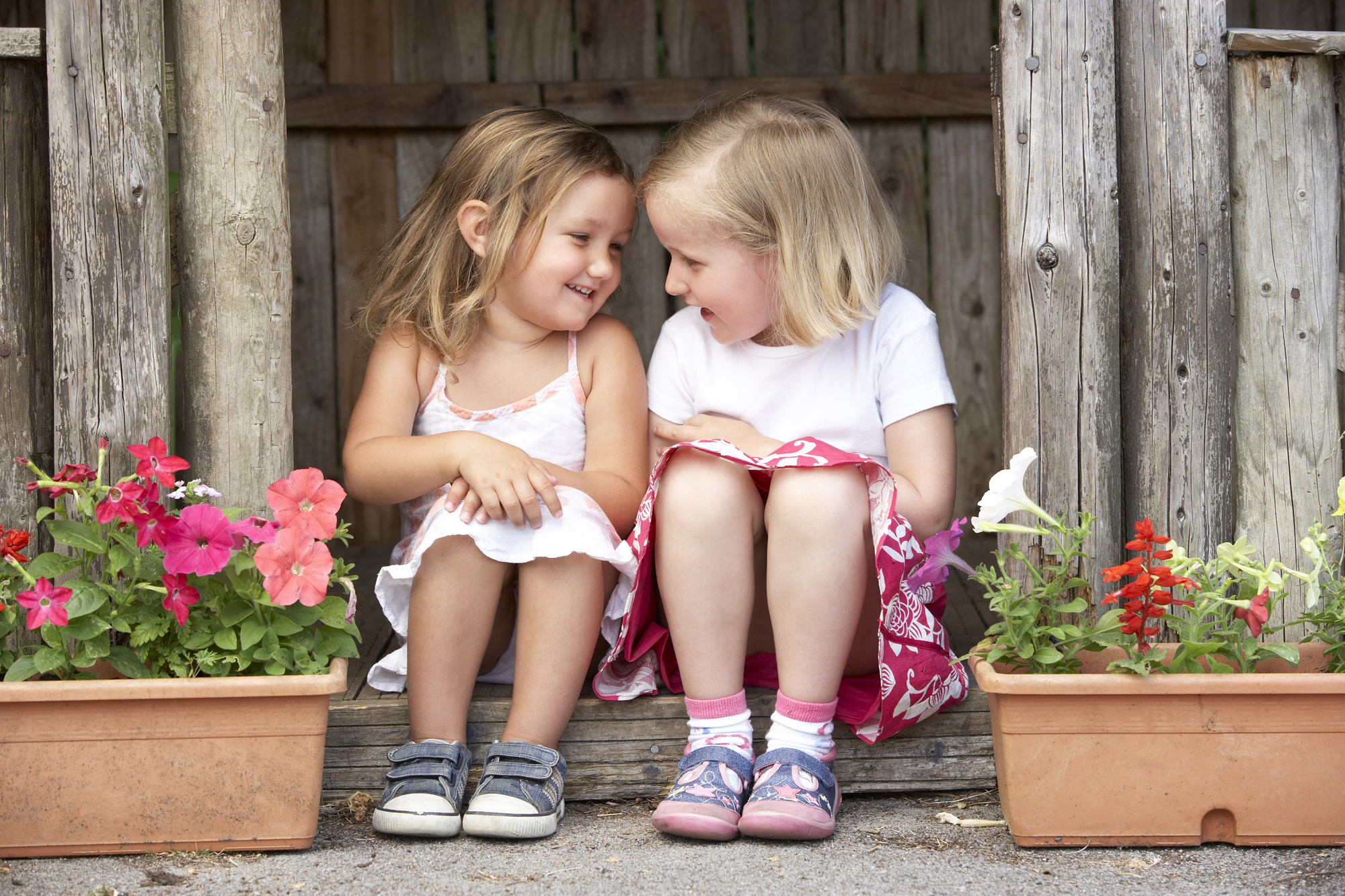6 Easy Ways to Raise a Compassionate Child
Teaching children to be kind and caring is a process that develops over time. Here are 6 easy ways to raise a compassionate child.
CanCan Mom’s hundreds of creative Get-to-Do Lists, routines, schedules, and solutions all make motherhood easier and more fun! Recognizing that you “Get To Do” these things because you are blessed to have a family simply reminds you to Interact with love and laughter more often than impatience.
Have fun incorporating my unique Fast & Free Quick Steps into your daily life!

Moms Crushing It with CanCan Quick Steps
As parents, we want our children to grow up caring, empathetic people. Here are my 6 tried and true ways to raise a caring child:
- Recognize Kindness
- Teach Caring Through Friendships
- Write Genuine Thank-You Notes
- Teach Empathy by Example
- Promote TLC
- Volunteer
Here’s a Story…
Though I’ve been raising eight kids for the past 25-plus years, it still greatly impacts me when I see my kids demonstrate a caring, compassionate spirit.
I discuss with my children how to be caring. I do my best to model my behavior in compassionate ways, but you never know when lessons become actions:
I was shopping with my seven-year-old daughter. She had her heart set on a pair of lavender capri jeans. After we hit four stores, we stumbled upon a rack of pastel denim in shades of pink, baby blue, and…lavender! Annie was excited to find a pair in her size when suddenly another girl approached the rack looking for the same pair of pants.
The girl searched and searched, but there was only one pair in that size available. Clearly disappointed, she walked away. Much to my surprise (and delight), I heard Annie say to her, “Hey, would you like this pair? I’m going to get pink instead.”
Annie ended up with the pink capri jeans instead of the lavender pair she wanted, but it didn’t bother her because she felt good about letting the other little girl have them instead. My kid has developed some empathy and caring skills—yes!
Tip 1: Recognize Kindness
I did this with my daughter when she passed on those lavender capri jeans. “Annie, it was really terrific that you let the little girl have the last pair of jeans when you wanted them so badly. How do you think she felt when wearing them to school for the first time?”
When you watch your son offering a playmate some of his snack, call attention to it by saying, “That was very kind of you to give her a few pieces of your orange wedges when you didn’t have very many.” Then add, “How do you think it made your friend feel when you shared with her?”

This plants the seeds of kindness for future opportunities.
Tip 2: Teach Caring Through Friendships
Some of the best opportunities to teach caring and compassion happen every day at playtime:
• Forbid name-calling. Compassion starts with what’s acceptable and what’s not. For instance, during a play date between your son and another little boy, you overhear your son calling his pal a “booger head.” Sure, it’s not a terribly offensive phrase and may cause you to chuckle, but rather than overlooking the incident, intervene immediately and let him know that being kind to others is the rule and hurtful words are not allowed. If you get involved right away, you are sending an important message that kindness trumps everything and that name-calling is not going to happen.
Label kindness. When you catch your child offering a shovel to a friend in the sandbox, label her actions by saying, “What a good friend you are,” or “You’re very thoughtful.” Over time, she’ll understand that being a helpful friend, sister, neighbor, and human being is something you value.
– CanCan Mom, Cheryl L. Butler

Be considerate. While it’s tempting to hand out birthday party invitations at the playground instead of mailing them, explain to your child that kids who see other children getting invitations but don’t receive one themselves may feel hurt. Explain that while you can’t invite everyone, you can take measures to ensure those excluded don’t feel badly. Make it clear that there is a discreet way to handle situations to ensure that others aren’t hurt.
When you take the time to explain why you are doing certain things, it will leave a lasting impression on your kids. And in the future, they will hopefully model themselves after you when faced with a similar situation.
Check out this 100 Acts of Kindness For Kids
Tip 3: Write Genuine Thank-You Notes
In today’s techno-crazy world, most people use emails, texts, and tweets to communicate their thoughts. I still believe that a handwritten thank-you note is a great example of expressing gratitude.
When my kids receive a nice, unexpected gift or service, I encourage them to write a personal note of thanks. I ask them: “What would it feel like if you spent a lot of time choosing a great gift for a friend and she didn’t thank you?” and “How do you think Alex will feel when he gets his very own letter in the mail?”
Especially if your child is young, don’t insist that he or she necessarily pen the note (merely thinking about what to say is a huge task). Write the note yourself and have your child sign it.
See Also: 30 Simple Ways to Be Grateful for Family and Friends
Tip 4: Teach Empathy by Example
You’re at dinner with your family, and the waitress brings you the wrong entrees. Although you’ve been waiting for half an hour for your meals to arrive (and the kids are starving!), resist the urge to snap, “What’s wrong with you—this isn’t what we ordered!”
Instead, you can model patience and understanding. Say, “Excuse me, my kids ordered chicken, not beef. Can you please take these back and exchange them for the right meals?” Then explain the situation to your kids and ask them to consider what it’s like in someone else’s shoes. “How do you think it would feel to be that busy at your job?”
Tip 5: Promote TLC
Show how to be gentle. Is your child excited to hold the new baby but ends up grabbing her and being rough? Patiently demonstrate another way. Say, “You’re being a bit rough. Let’s be gentle. Here’s how…” Then, take his hand and physically show him what a gentle touch is. (I did this with seven new babies!)

Speak softly. Your kindness will be a role model for how to treat others. When your child is in pain or not feeling well, be warm and caring—“Mommy is sorry that you feel so badly. Let’s get you all warm and cozy on the couch, and you can relax there while Mommy makes dinner.”
Tip 6: Volunteer
You may worry that introducing kids to life’s harsher realities will be too upsetting. But ironically, when you expose children to the sufferings of others, they end up feeling grateful for what they have and proud of being able to help someone.
Every Thanksgiving since my kids were about age 5, we have worked with our church to create food baskets for families less fortunate and volunteered as a family at a local soup kitchen.
I want them to see giving back as a responsibility—not an option.
We’ve been doing this for almost 15 years now, and my oldest child (who now attends college in New York) advocates for helping hungry people amongst her classmates because she grew up learning that not all kids are well-fed and cared for like she was.
How do you teach your kids to be caring individuals? For all kinds of mom-centered creative ideas, visit me on Instagram at CanCanMomCB or on Pinterest at theCanCanMom. If you have questions or suggestions, email me at cheryl@cancanmom.com or leave a comment in the box below.








